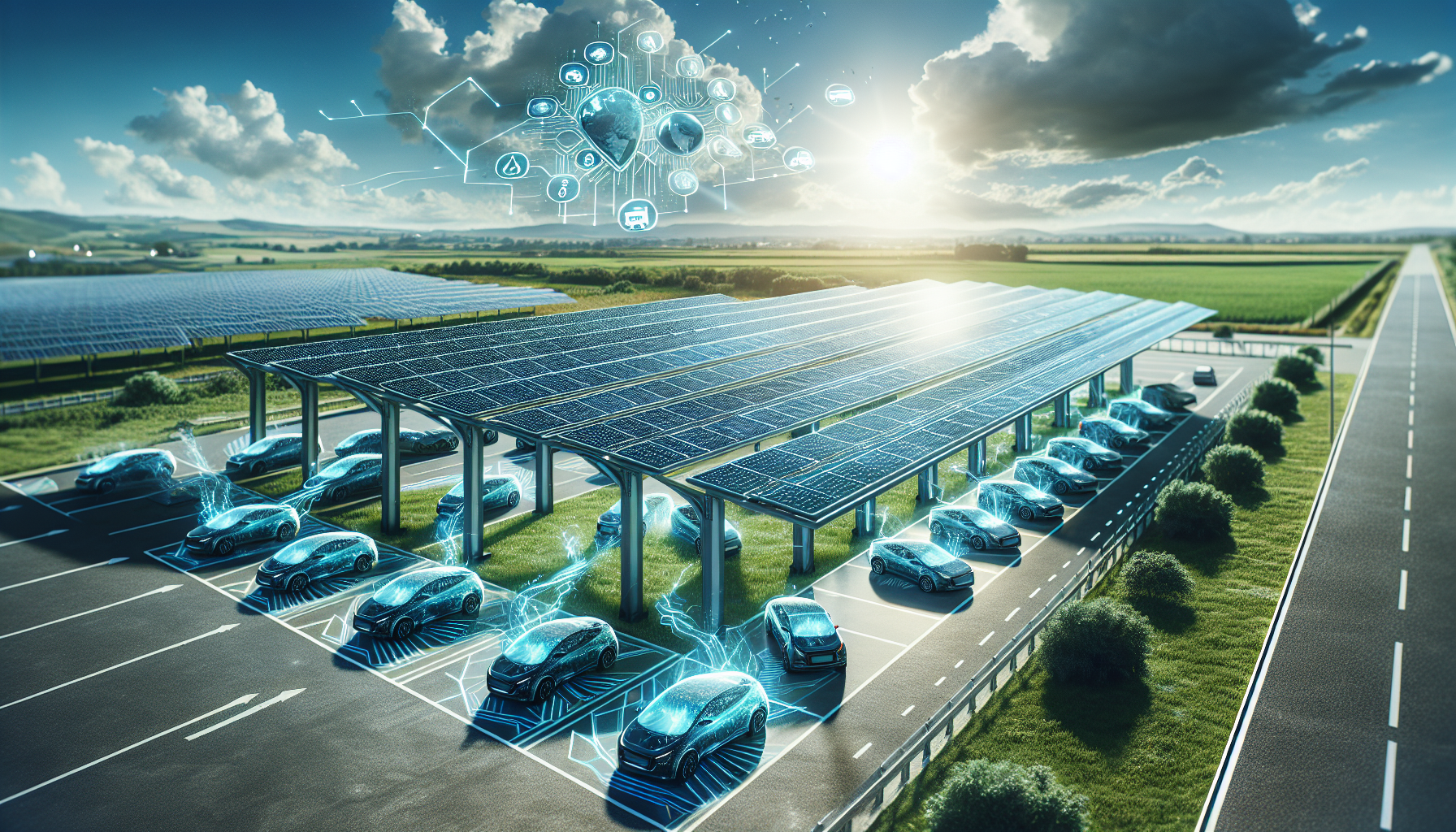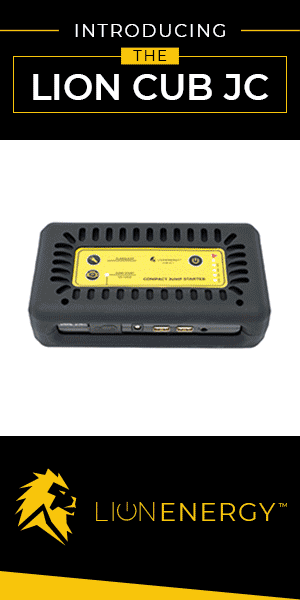Discover the benefits of solar power carports, a sustainable energy solution that generates clean electricity and provides shade for vehicles. Join the solar revolution and embrace a more sustainable future.
Introduction
Imagine a world where parking lots not only provide shelter for your vehicle but also generate clean, renewable energy for the surrounding area.
With solar power carports, this vision becomes a reality.
Harnessing the Sun explores the innovative concept of solar power carports and their ability to offer sustainable energy solutions.
By utilizing the untapped potential of these large open spaces, we can transform the way we think about parking and embrace a future powered by the sun.
Harnessing the Sun: Solar Power Carports for Sustainable Energy Solutions
Solar power carports are structures that are specifically designed to harness the energy from the sun and convert it into electricity.
These carports are typically built over parking areas, providing shade for vehicles while also generating clean, renewable energy.
By utilizing solar power carports, individuals and businesses can contribute to sustainable energy solutions and reduce their reliance on traditional fossil fuel-based power sources.
1. What is a solar power carport?
A solar power carport is essentially a parking structure that incorporates solar panels into its design.
These panels are installed on the roof of the carport and are angled to capture the maximum amount of sunlight throughout the day.
The captured sunlight is then converted into electricity through the use of photovoltaic cells, which are integrated into the solar panels.
This electricity can be used to power nearby buildings, charge electric vehicles, or be sent back to the grid for a credit or financial incentive.
2. The benefits of solar power carports
Solar power carports offer numerous benefits for both individuals and businesses.
One of the primary advantages is the generation of clean, renewable energy.
By using solar power carports, you can significantly reduce your carbon footprint and contribute to combating climate change.
Additionally, solar power carports provide shade for parked vehicles, helping to keep them cool and protecting them from the damaging effects of the sun.
This can extend the lifespan of vehicles and reduce the need for costly repairs or maintenance.
Furthermore, solar power carports can act as a source of backup power during outages, ensuring a continuous power supply for nearby buildings or electric vehicles.

3. Design and installation of solar power carports
The design and installation of solar power carports require careful planning and consideration.
The first step in the process is assessing the location and determining if it is suitable for a carport installation. Factors such as sunlight exposure, shading, and structural stability need to be evaluated.
Once the location is determined, the design phase begins, taking into account the size and layout of the parking area, the number of solar panels needed, and the structural requirements of the carport.
The installation process involves the construction of the carport itself, followed by the installation of the solar panels and their electrical connections.
It is important to work with experienced professionals who specialize in solar installations to ensure the carport is structurally sound and the solar panels are correctly installed and connected.
4. Types of solar panels used in carports
There are different types of solar panels that can be used in carports, each with its own advantages and considerations.
The most common type is crystalline silicon panels, which are highly efficient and durable. These panels are made up of individual silicon cells that convert sunlight into electricity.
Another type is thin-film solar panels, which are lighter and more flexible than crystalline silicon panels.
They can be easily integrated into curved or irregular surfaces, making them a popular choice for carports with unique designs.
Lastly, there are also bifacial solar panels, which can capture sunlight from both sides of the panel, maximizing energy generation.
The choice of solar panels will depend on factors such as budget, available space, and aesthetic preferences.

5. Maximizing energy generation with solar power carports
To maximize energy generation with solar power carports, several factors should be considered.
The orientation and tilt angle of the solar panels are crucial in capturing the most sunlight.
Ideally, the panels should be facing south in the northern hemisphere or north in the southern hemisphere, with a tilt angle that corresponds to the latitude of the installation site.
Regular maintenance and cleaning of the solar panels are also important to ensure optimal performance. Trees or buildings that may cast shadows on the carport should be avoided, as they can reduce the amount of sunlight reaching the panels.
Additionally, advances in tracking technology can be utilized to adjust the position of the panels throughout the day, ensuring they are always facing the sun.
6. Storage and distribution of solar energy from carports
Solar power carports generate electricity during the day when the sun is shining, but what happens when the demand for electricity is higher than the supply or during the night?
The solution lies in the storage and distribution of solar energy. Excess energy generated by the carports can be stored in batteries, allowing for the usage of solar energy even when the sun is not available.
These batteries can be interconnected to form a larger energy storage system, providing a reliable backup power source for buildings or electric vehicle charging stations.
Additionally, surplus electricity can be fed back into the grid, allowing others to benefit from the clean energy generated by the solar power carports.
7. Integration of electric vehicle charging stations
As the popularity of electric vehicles (EVs) continues to rise, the integration of EV charging stations with solar power carports becomes increasingly important.
By combining these two technologies, individuals and businesses can charge their EVs using clean, renewable energy.
This not only reduces greenhouse gas emissions but also reduces the overall cost of fueling an electric vehicle.
Solar power carports can be equipped with EV charging stations, allowing users to conveniently charge their vehicles while providing additional incentive for the adoption of electric vehicles.
8. Financial incentives and savings from solar power carports
Investing in solar power carports can yield significant financial incentives and savings.
Government incentives and subsidies are often available to promote the adoption of renewable energy sources, including solar power carports.
These incentives can come in the form of grants, tax credits, or net metering programs. Additionally, solar power carports can result in substantial savings on electricity bills.
By generating your own clean energy, you reduce your reliance on traditional power sources, resulting in lower energy costs.
Moreover, if excess electricity is sent back to the grid, some utility companies provide financial credits or payments for the energy exported.
9. Case studies and successful implementations
Numerous case studies and successful implementations of solar power carports have demonstrated their effectiveness and benefits.
For example, a university in California installed a solar power carport system that not only provided shade for vehicles but also generated enough energy to power several nearby buildings.
This resulted in significant cost savings on electricity bills and a reduction in the university’s carbon footprint.
Similarly, a shopping mall in Arizona implemented solar power carports, allowing shoppers to park their vehicles under shade while charging their electric vehicles for free.
These successful implementations highlight the potential of solar power carports in various sectors and provide real-world examples of their positive impact.
10. Challenges and future prospects of solar power carports
Like any emerging technology, solar power carports face challenges and have areas for improvement. T
he initial installation cost can be a barrier for some, although the long-term financial benefits often outweigh the upfront expenses.
Limited space in densely populated areas can also pose a challenge for building solar power carports.
However, advancements in technology and design are continuously improving efficiency and reducing the space required for installation.
The future prospects of solar power carports are promising, with ongoing research and development focusing on increasing energy generation, improving storage capacity, and integrating smart grid technologies.
As solar power carports become more affordable and efficient, their widespread adoption will pave the way for a more sustainable and clean energy future.
Conclusion
Solar power carports offer a sustainable and efficient solution for harnessing the sun’s energy.
With their ability to generate clean electricity, provide shade for vehicles, and integrate with electric vehicle charging stations, solar power carports are a comprehensive and environmentally friendly energy solution.
From reducing carbon emissions to saving on energy costs, the benefits of solar power carports are evident.
As technology continues to advance and improve, the future of solar power carports shines brightly, paving the way for a more sustainable and renewable energy future.
So why not join the solar revolution and start harnessing the power of the sun with solar power carports?


